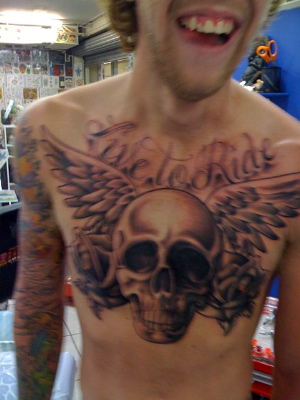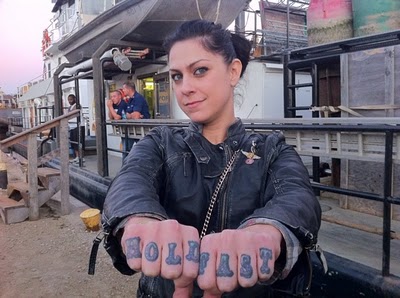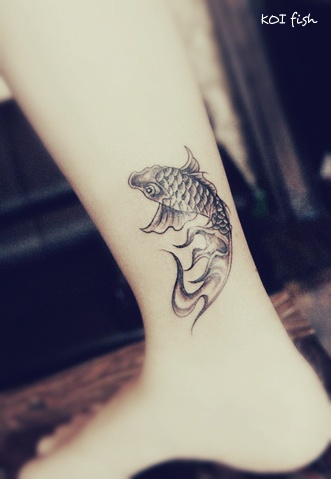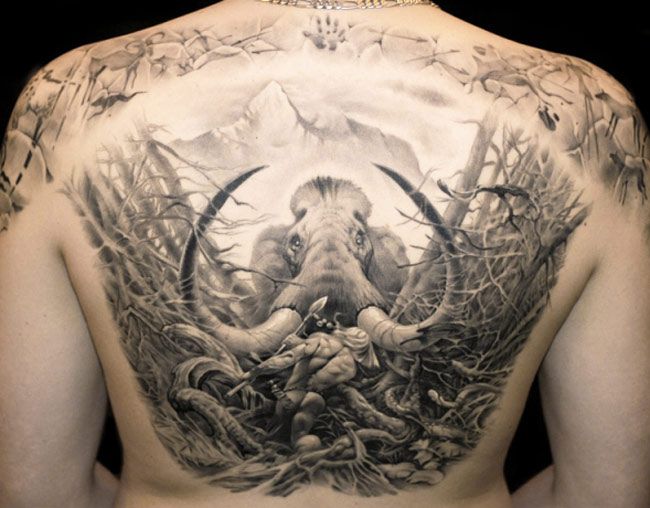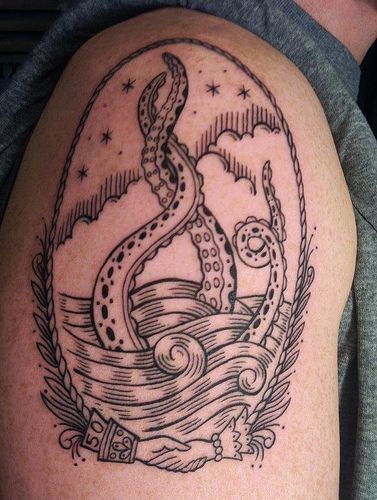The Magic of the Famous Tattooist Yegor Kubrak
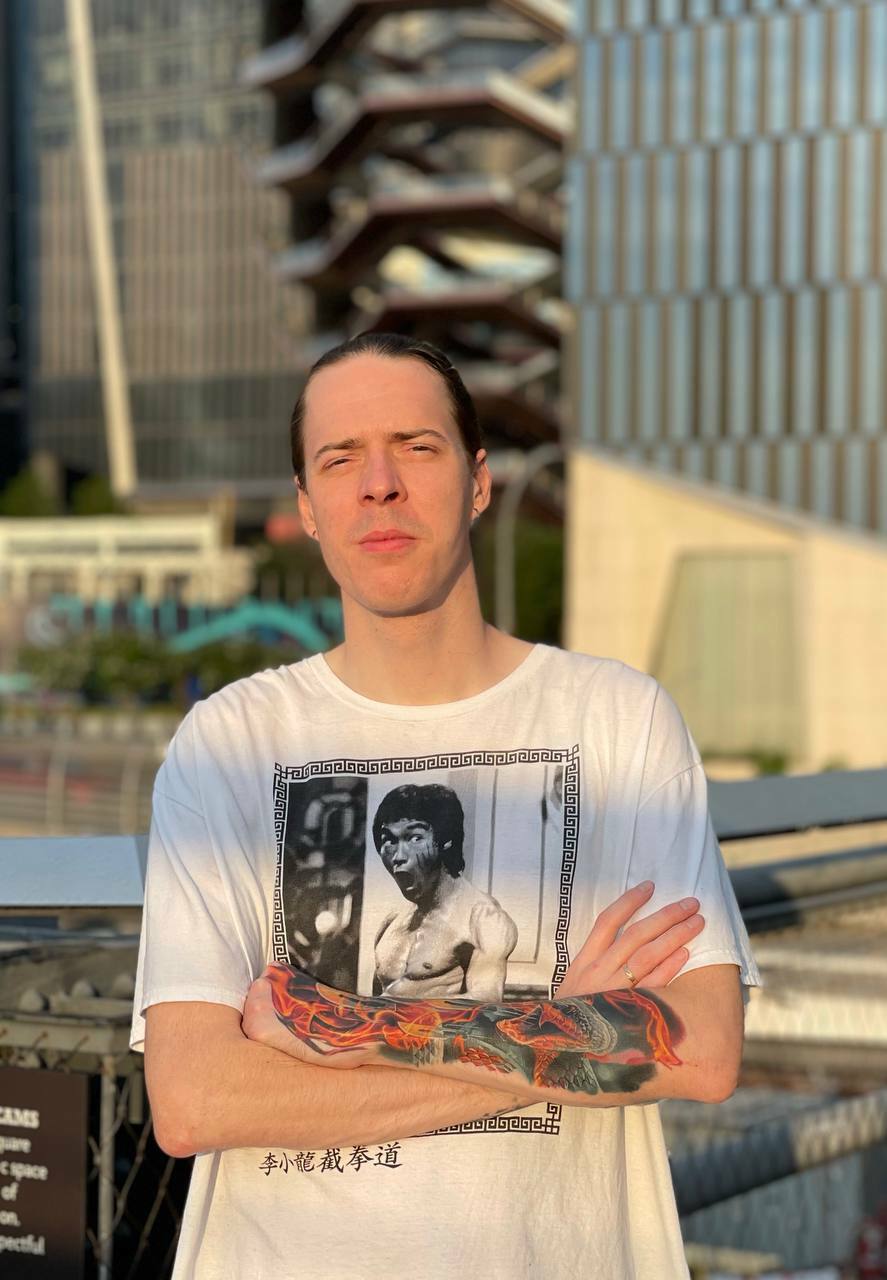
Russia can safely claim the status of an official supplier of cool tattooists for Europe and the USA! Who is considered to be the coolest tattooist? In this interview, you will see a large number of “tattoo” words, and this is exactly what you need. It’s about a young tattooist who started his career with a seven-year background, Far-Eastern origin, and American lifestyle: Yegor Kubrak is just a handsome guy! He takes on large projects in the tattoo industry every day. His name is widely known in a narrow circle of professional tattooists. If you are looking for the best tattoos click here.
Earlier, Yegor had already given an interview in which he talked about the experience of organizing a Tattoo Convention in his native Far East and not only about that. In September, Golden State Tatoo Expo, a prestigious Tattoo Convention, was held in California. Yegor took part as a referee on it, and this fact is very impressive.
– There are three main Tattoo Conventions in the USA. It should be noted that the Tattoo Convention is a kind of event: high-level masters participate in it who can nominate their works (both made within the show and outside it) for various awards within three days. It is very difficult to win a prize, but it is very prestigious. Most often, tattooists do this not for the sake of receiving a prize but simply for the love of their art and craft. And Golden State is one of two American Conventions that are among the top 5 tattoo events in the world. One of them is held in New York and another in California. I’ve had a very productive year. We traveled a lot and took part in such Conventions all over the USA, won many awards, and met a huge number of creative people. And at the end of the season, I began to receive proposals to try myself as a referee on them. I was agitated, as evaluating other people’s works is a huge responsibility and recognition. But in Philadelphia, where I made my debut in this role, everything went in the best way possible and I cleared my mind of the slightest doubts about Golden State. My second refereeing was a very interesting and unusual experience. Three referees were sitting at the table, and a model was coming up and showing a tattoo. Usually, the decision is made quite quickly, within just one minute. It came as a surprise to me how visible all the faults become to the referees. With the close-up view, you can clearly see places of over-injured skin, places left unpainted, uneven contours, and simple errors in the composition and location of the tattoo on the body. Strong masters show completely different, but technically smart works, and sometimes it was difficult to make a decision. But this is an amazing experience and it was not my last Convention where I will participate as a referee.
– What did you evaluate in the participants?
– There are several specific criteria. They can be classified into technical and artistic. On the one hand, we look at how well the tattoo is made, how it will look after years, how tightly and evenly the color is painted, and the purity of the contours. In artistic terms, the idea, harmonious arrangement, visual effects, as well as style and concept of the author, are evaluated.
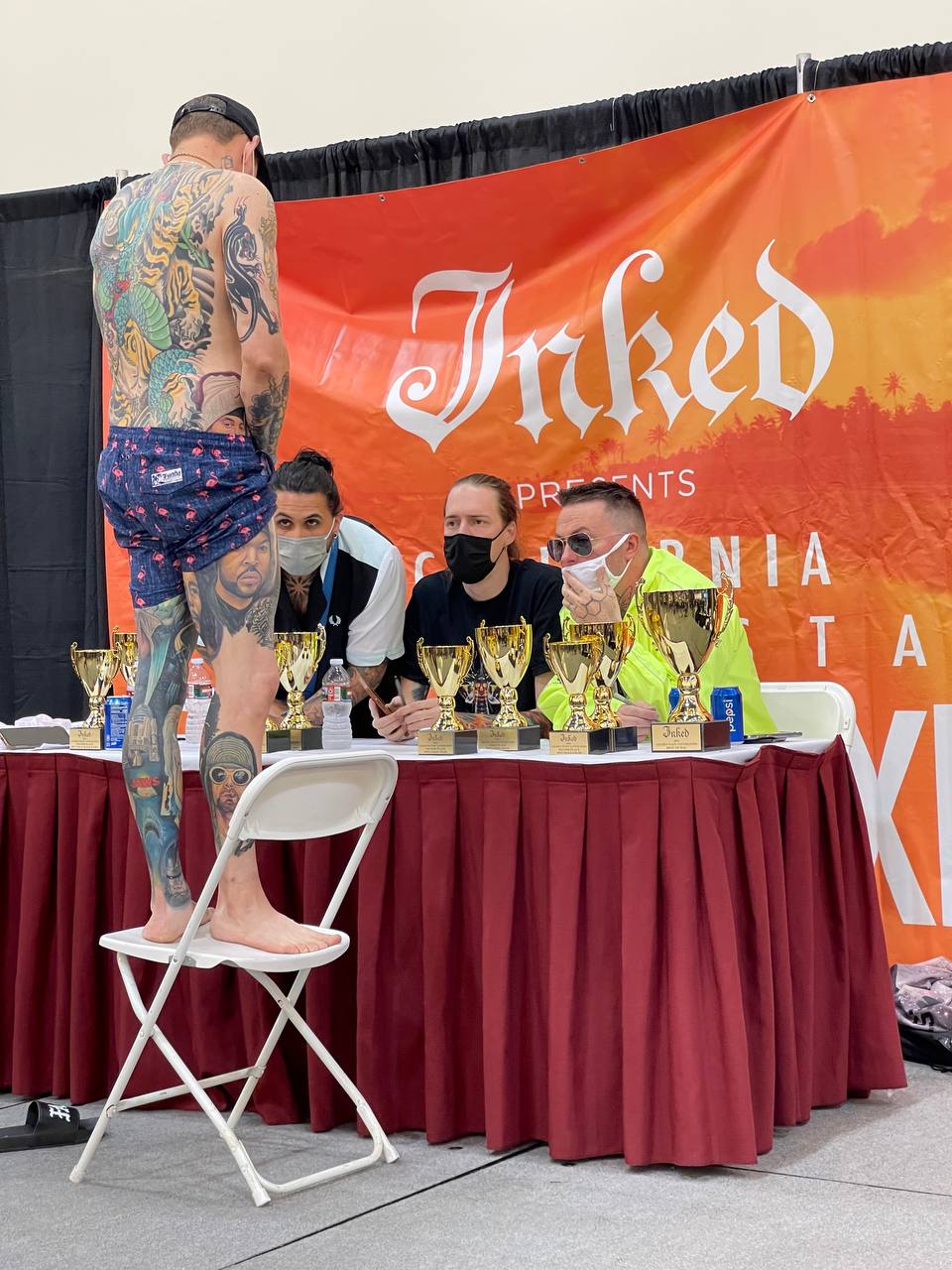
– In your opinion, how and by what can a tattooist be differentiated from the others?
– Now, it is quite difficult, and, notwithstanding the foregoing, interesting guys appear every year who use new interesting color schemes or stylistic eclectic approaches. The presentation, new artistic techniques, and, of course, the personality of the author are distinguished. Nevertheless, people, first of all, come to a tattooist rather as a person, than as a master, and clients would like to get tattoos from those who are like-minded with them and transmit similar ideas and moods.
– Can a tattooist be considered an artist?
– About 10 years ago, tattooists simply took pictures from the Internet. Back at the time, there was the concept of “flash”, or “a book with tattoo sketches”. There were a lot of them on the Internet and tattoo studios. Nowadays, a really good tattooist is namely an artist. Even to correctly copy a picture, a tattooist should have a certain knowledge of composition, an understanding of how to stylize particular details, how to better express and depict them. Many tattooists have a strong art school behind them, but the industry also knows many examples of successful masters without such a background. Of course, higher art education for a tattooist is not necessary, but it will never be excessive; although, all the basics of the composition of the drawing, painting, color vision, and coloristics require basic knowledge of art.
At first, tattooing was a small hobby for Yegor. But everything turned out to be more serious: professional plans were already running in his thoughts. And over time, this hobby became his way of life. His environment changed, and he wanted to spend all his free time only on tattoos and everything connected with them.
– Tattoo is both a profession and my lifestyle because it becomes so connected with me that I cannot just do it in my free time from other matters – I devote it my whole life. Thanks to this industry, I met my wife, found my friends, and moved to the USA. If you immerse yourself in a tattoo, you are completely engaged in it. I am a graphic designer by education; I started working in my specialty very early and immediately realized that I’m not interested in it. Just when I was graduating from University, my friends were selling cheap Chinese tattoo sets, and I decided to try myself in this field. Why not? And since I had a good background in drawing various kinds of sketches, I had many acquaintances wishing to be my first models. Then, I was more and more fascinated by this, and I immersed myself deeper and deeper into this industry every day and every month. Opening my own studio was on the horizon, and then another, larger one.
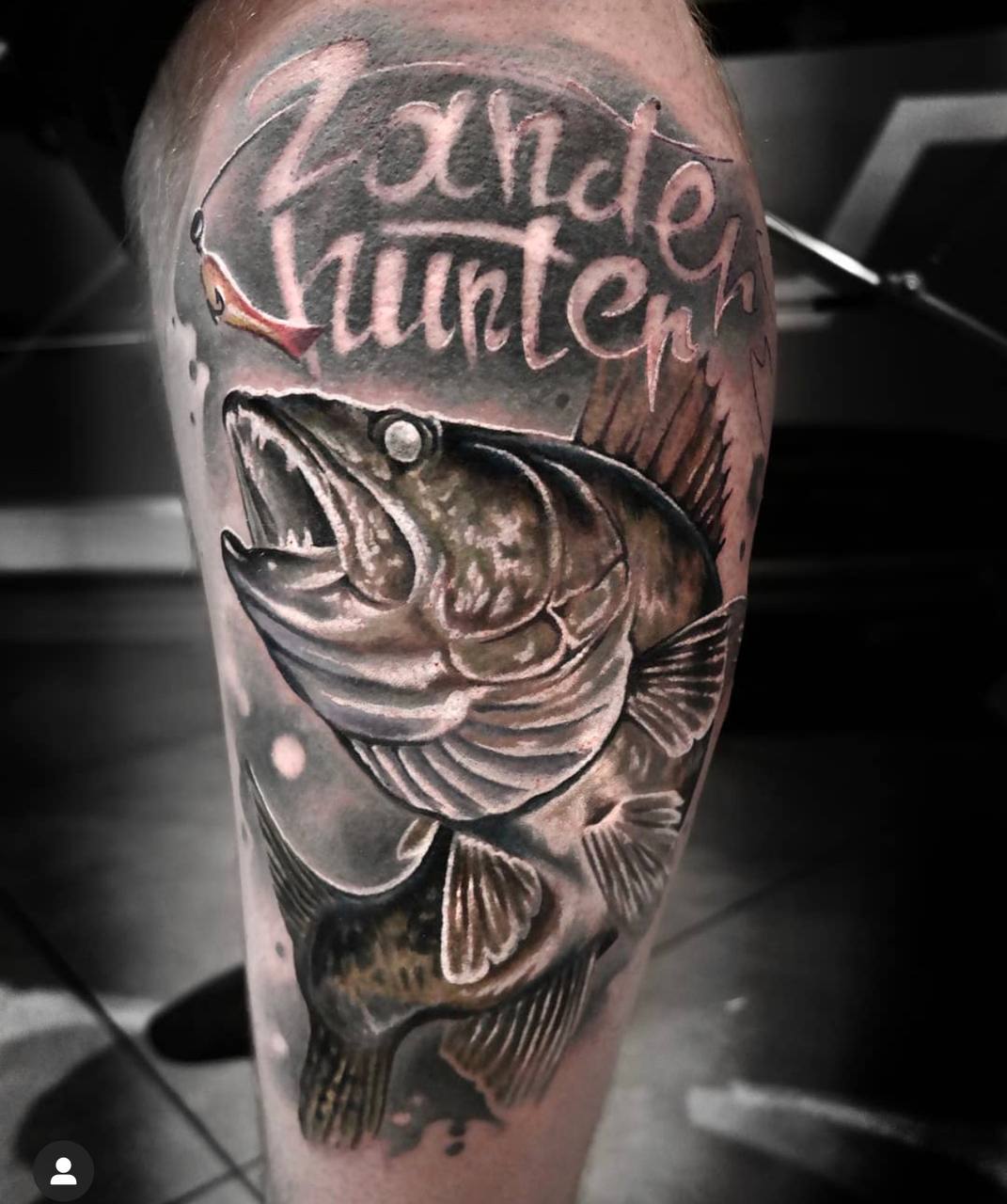
– Now you live in the USA, although you are a native of Vladivostok. Which country affected your creative work the most?
– I’d say that both Russia and America have equally greatly affected my formation as a tattooist and my work.
It was not so much the countries but the cities that affected them. For example, I was born and grew in Vladivostok. This is a unique city absolutely unlike any other in Russia. It personifies the place where European and Asian cultures met, closely intertwined, and coexist without competing with each other. As a child, I didn’t know the taste of Tula honey-cake, Krasnyi Oktyabr sweets, but I constantly drank Korean soda, and my dad brought home Chinese sweets. My favorite pie was Korean steamed dumplings with spicy meat and carrot; we ate them deliciously with friends when we met the port ships on the seashore and I dreamed of a right-hand drive Toyota from a Japanese auction that this ship would once deliver to me. I traveled a lot to Asian countries, and therefore, oriental motives are often traced in my works. Russia gave me a good artistic base, and America taught me to dream. In Russia, you become tempered, you learn to work hard and rely on yourself. But it was in the USA that I felt that I was growing as a master, and I had more freedom in creativity. I think it’s all about feedback. In the USA, people are very open-minded; I constantly receive good words toward my works, my tattoo style, while getting praise from our people with Russian heritage is not easy since Russians are always sparing with compliments; I think these are all echoes of the old upbringing.
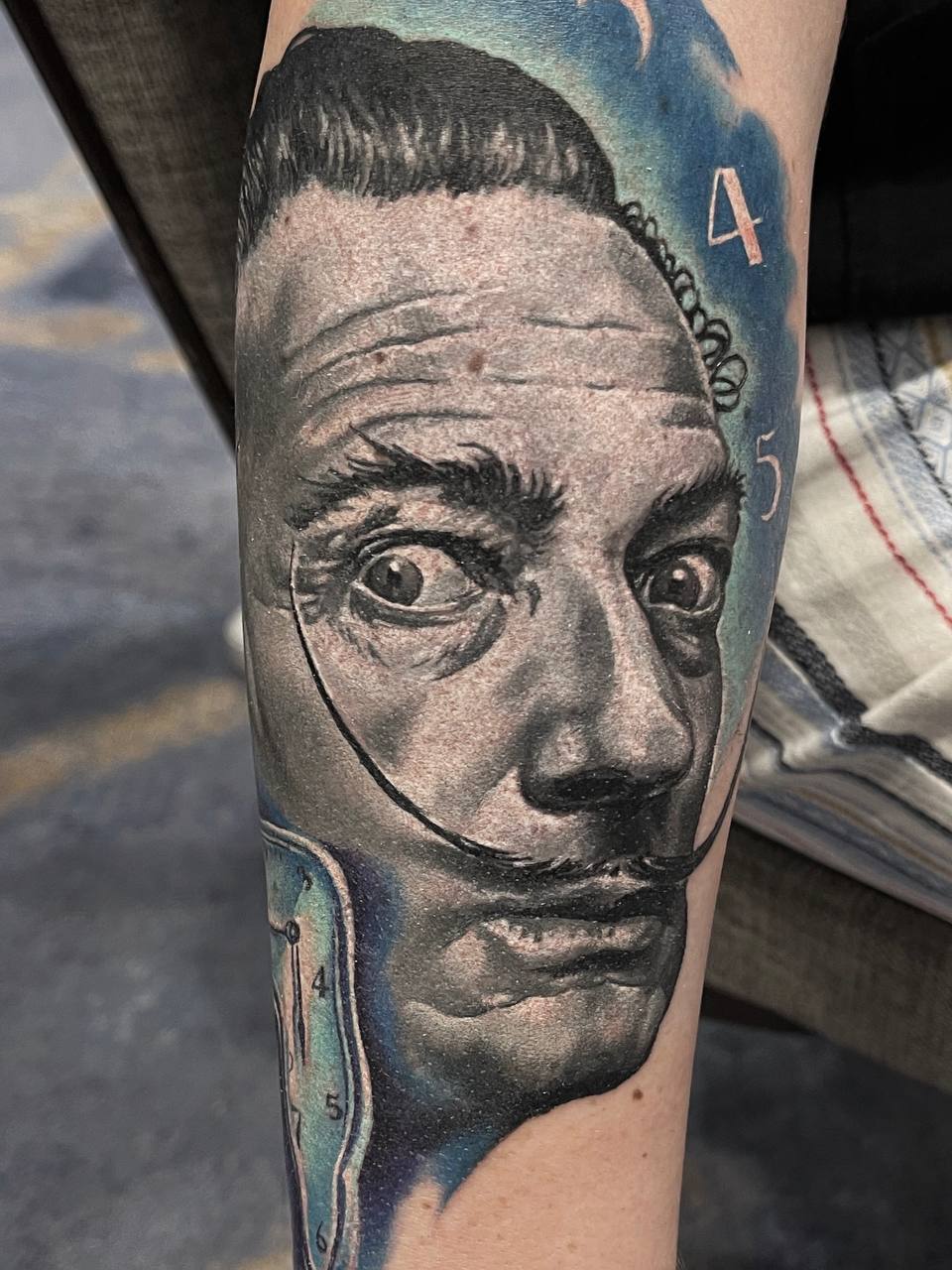
– What, in your opinion, is the difference between the attitude towards tattoos in Russia and the United States?
– There is still a strong stigma of the criminal world in Russia until now. Sometimes, I hear comments from Russian psychologists on YouTube and other social networks that a large number of tattoos speak of a mentally unstable, underconfident, or even aggressive person. I think this is complete nonsense. A tattoo on a human body in 2021 speaks only of his/her love for a tattoo. But people often restrain themselves and banish their thoughts of a tattoo. The most common phrase in society “How will you look being in old age with a tattoo?” for some reason immediately drops hints that at the age of 70+, a person should look in a strictly definite way and correspond to someone’s idea. Such stereotypes about the job are just absurd for me as well. Can really just a drawing on the body interfere with an employee’s professionalism and the performance of his/her work duties?
Here [in America], you can walk down the street, and a cheerful old woman will come up to you and say: “You have a cool tattoo – it looks great!” People don’t hesitate to approach my clients and ask for the contacts of the master of their tattoos. You can often find doctors, teachers, and representatives of many different professions with tattoos in visible parts of their bodies. But in Russia, many people tend to get tattoos on inconspicuous parts of the body, hide them under clothes and make them smaller in size when choosing a design, so that, God forbid, this doesn’t affect their lives. Russian people think about the sketch for a long time; they are afraid of the fact if suddenly, they don’t like the tattoo or get bored it in a few years while the American people are much bolder and never regret their tattoos.
Unfortunately, tattoos are still taboo in Russia. When I started working, we were engaged in the development of namely artistic tattoos – in most cases, we were guided rather by artistic components than by their cultural or personal meaning. At that time, it was modern, interesting, and expressive. We had to carry out thorough work with each client since they all had social biases and fashion-inspired trends.
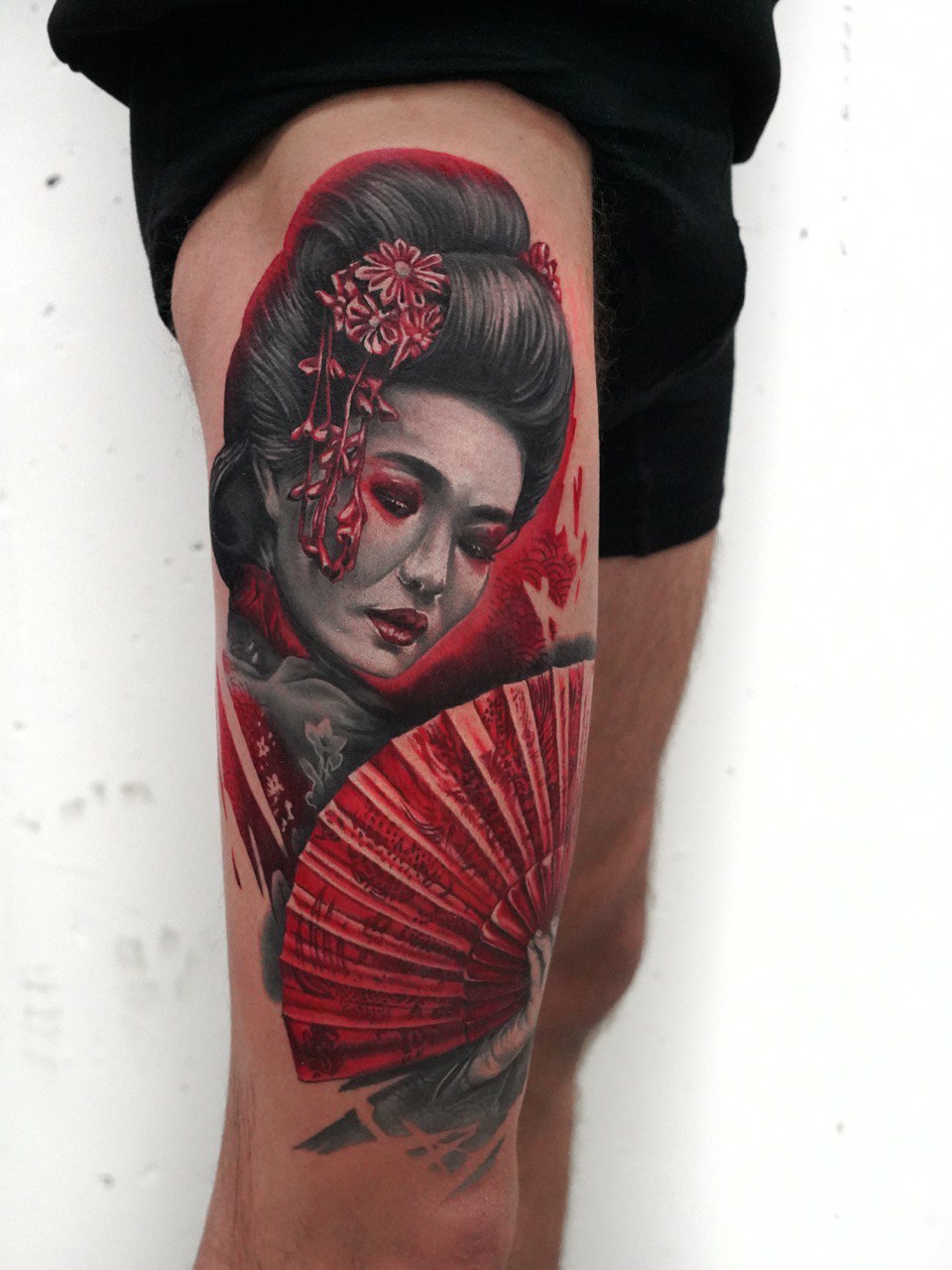
– Why are Russian tattooists considered to be the strongest and most in-demand?
It is more difficult to achieve success in Russia: there are too many good tattooists and huge dumping there, and a client no longer has a sense of the exclusivity of receiving the service since there are several tattooists in each house there. It means to win your clients, you need to push yourself among a huge number of tattooists who do their works at a pretty good level but at the cheapest cost. In general, if you don’t grow as a tattooist by leaps and bounds, most likely you will not earn a living, unlike in the USA, where a lot of tattooists do fair to middling works, but people go to them simply because they don’t see an alternative.
– How often do tattoo trends change?
– Every year, one and a half, or two. I think this comes with the development of application methods and technologies for the development of tattoo equipment. Year by year, we are able to afford to make more and more high-quality tattoos that will look good years later. And this allows us to make, for example, small thin lines, or to do an interesting color realistic work that will remain the same rich and accurate after twenty to thirty years. And nothing will happen to it. Of course, trends are also influenced by fashion, world events, and culture. People often make tattoos in the form of characters from popular films and TV shows (my clients often ordered Rick and Morty, characters from Game of Thrones); they copy memes and popular jokes. News also has a strong influence on the topic of tattoos; for example, after the last US presidential elections, supporters and opponents of both candidates ordered everything they could. And when Kobe Bean Bryant, a famous basketball player, died, some people made tattoos with him in the next six months after this tragedy.
Gange Tovmasyan
 Tagged:
Famous Tattooist Yegor Kubrak
Tagged:
Famous Tattooist Yegor Kubrak

